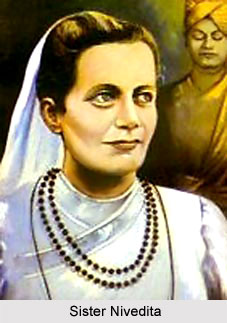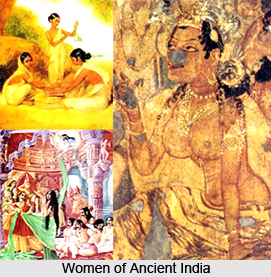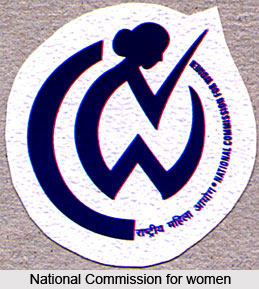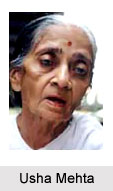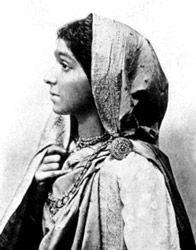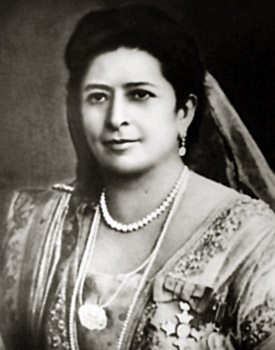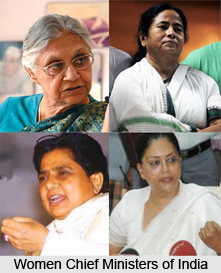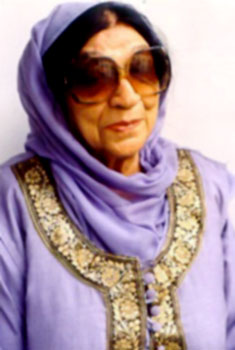Women in Tebhaga movement played a rather significant role. After the end of the Second World War, there were a number of educated women who were participating in the various peasant rebellions that were springing up all over the country. The legacy of female nationalists, taking part in the Quit India Movement and accepting prison-sentence for the nation, had ignited the flame of protest in the hearts of women. Thus there was seen the active participation of women in these movements and rebellions of which the Tebhaga movement was one.
Origin of Tebhaga movement
In September of 1946 the Bengal Provincial Kisan Sabha (Peasant`s Organization) called for a mass struggle among sharecroppers to keep `tebhaga` (two-thirds) of the harvest. Young Communists went out to the countryside to organize peasants to take the harvested crop to their own threshing floor and make the two-thirds share a reality. The movement began in North Bengal and gradually spread throughout the rest of the province,
Role of Women in Tebhaga movement
Rani Mitra Dasgupta, Manikuntala Sen, Renu Chakravartty and other women who had worked as active volunteers of the Mahila Atmaraksha Samiti (Women`s Self-Defense League) during the famine years wanted to bring rural women into this movement. Although the party was lukewarm in its support for this idea and the male peasants suspicious, they found rural women ready to work with them. At first women played a subsidiary role, helping harvest the crops, cooking food for the leaders, acting as lookouts, and sounding the alarm to alert their colleagues to danger. As police repression became more brutal and the Communist Party, unprepared for armed struggle, withdrew from active leadership, women formed their own militia, the `nanbabini.`
Manikuntala Sen and Renu Chakravartty told their leaders women`s problems had to be addressed along with problems of economic exploitation and political oppression.
First and foremost, meeting times had to be convenient for women.
Second, if women were going to play a prominent role in the movement, something had to be done to free them from household work.
Third, something had to be done about the women`s complaints that their husbands beat them, drank too much, and took away the money they earned through petty trade. It was clear, that the central idea of women`s welfare revolved round the attainment of fundamental rights, dignity and respect for women.
But male Communist Party of India (CPI) leaders wanted peasant women to be "good comrades" and put the struggle above personal concerns. CPI women argued unsuccessfully for a program that would encourage peasant women to defy their husbands.
Bimala Maji, a widow from the Midnapur District, became a successful organizer of women. She had worked with Manikuntala Sen during the famine to encourage destitute women to form self-help committees. These women`s committees obtained paddy, on trust, from landlords, husked, sold it, and kept the profits after repaying the landlords. During the Tebhaga campaign the Communist Party sent Bimala to Nandigram to recruit women for the movement. At first women were reluctant to join but before long Bimala had mobilized women to demand tebhaga and collect the harvest. Pursued by the police, Bimala went underground. As the police arrested Communist Party and Kisan Sabha leaders, Bimala had to assume more and more responsibility. It was she who made the decision and led peasants to destroy the threshing floors of the jotedars (rich peasants) and sell the landlords` share of the harvest. After an extensive search, the police captured her and kept her in a cage for a month until she was tried for 140 offenses. She was detained in prison for two and a half years.
There were many women like Bimala Maji and the history of the Tebhaga movement is especially important for a history of women in India. The Communist cadres and Kisan Sabha were content to have women play a secondary role in the movement. Women helped harvest the paddy, carried it to the threshing floor, and sounded the alarm when enemies approached. As the movement became more militant and police repression more violent, the leaders of the movement lagged behind their followers. This was when peasant women stepped forward to play a significant role and formed the naribini. Thus there was a strong connection between the increasingly spontaneous character of the uprising and the more and more prominent role played by women. The Tebhaga Movement was an important phenomenon in the pages of history, because it was the women gave the movement its momentum. It proved beyond doubt the efficacy of a group of united women fighting for a just cause.
